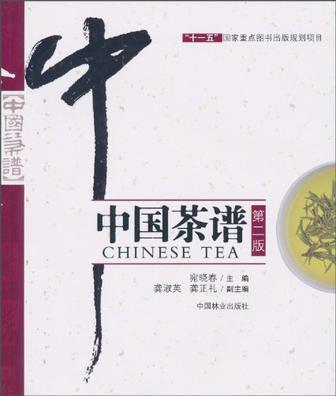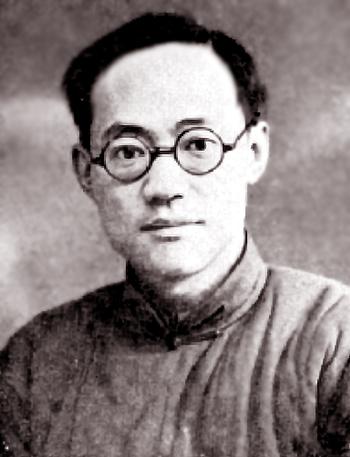In Ye Wen Ling’s (叶文玲) “The Setting for Tea” ( 茶之境), she wrote of her encounter with oolong tea and gongfu cha.
Ye was invited for tea by a friend of Fujian descent, along with another friend, a fellow Hangzhou writer.
When she arrived, she saw the tiny gaiwan and cups placed on the table she knew it was oolong tea being served.
At the sight of the tea ware, she couldn’t help but feel a hint of injustice for her beloved hometown Longjing; after all, with 2 Hangzhou people present, shouldn’t Longjing be served?
Till then, she had tasted oolong on occasion but she prepared it like any other tea. This encounter though, was her introduction to authentic oolong.
This changed Ye’s perception of oolong tea entirely. She then knew that oolong tea was best enjoyed in tiny vessels that force the drinker to appreciate the drink slowly and carefully, experiencing the fullness of oolong tea as well as the joy in fellowship with friends.
Ye’s anecdote illustrates a simple truth- appreciating oolong tea is different from other types of teas.
Part of the Diversity

In 1 section of the book it talks about the different tea cultures and customs in China and lists a total of 20 different practices including Tibetan’s butter tea, Bai Tribe’s 3 Teas among others.
Perhaps this might surprise some who think of ‘China’s Tea Culture’ as singular but the majority of the listed types are from the minority tribes including Miao, WeiWuEr, Bulang and many of the other 56 minority tribes in China.
Only 4 of the 20 listed are practiced primarily by the majority Han tribe and the first to be listed has this headline:
闽粤啜乌龙
For those who don’t read Chinese this reads- Min Yue Chuo Wu Long or Min (Fujian province) and Yue (Guangdong Province) people sips oolong tea.
The article does describe the vessels and instruments but that is not the subject of this post.
More so, it is the fact that this practice warrants mention along with diverse tea cultures in China like Mongolian salted milk tea and the Bulang tribe’s green bamboo tea.
That presence of this as a separate entry in a tea tome alone testifies that it is different from the ‘norm’.
A Final Illustration
One interesting illustration can be found in Shen Jia Lu’s (沈嘉禄) essay “Teapot’s Fate- Recounting the Relationship between Xu Sihai and Ba Jin” 《壶缘-记许四海与文学大师巴金的交往》.
As even casual students of Chinese literature would know, Ba Jin is considered one of the giants of contemporary Chinese literature and certainly one of the most widely read ones.
In 1991, to celebrate Ba Jin’s 88th birthday, Xu Sihai brought his zisha tea set as well as some Dongding Oolong gifted by a Taiwanese friend.

Xu then brought out his Zisha tea set and brewed the Dongding Oolong in Chaozhou style. Before Ba Jin drank the tea, the fragrance had already permeated the entire room.
Ba Jin tried the tea and said “Who knew the tea would be so obedient to Master Xu, when you tell it to be fragrant, it complied.”
Ba Jin then continued to drink many infusions, praising it each time.
The same tea in a different setting yielded an entirely different experience, so what is the essence of enjoying oolong tea?
That is a story for the next post. :)
See here for more articles related to tea appreciation.
